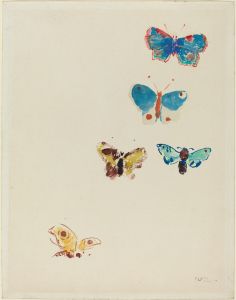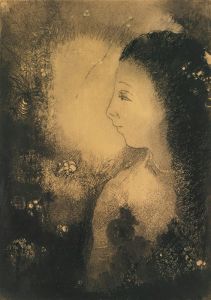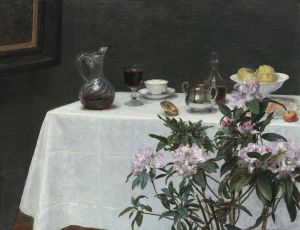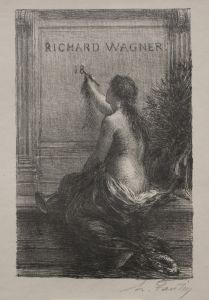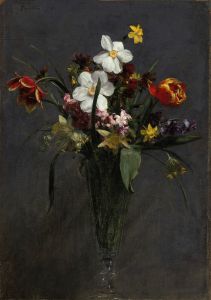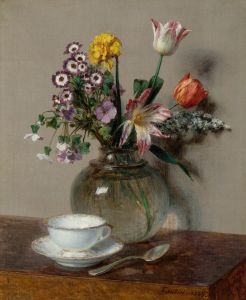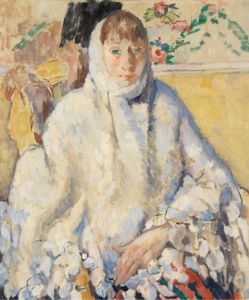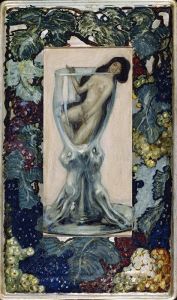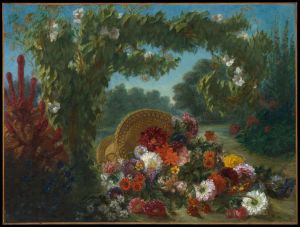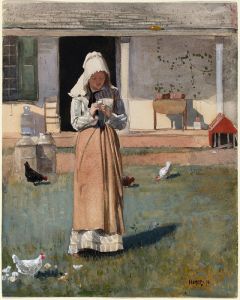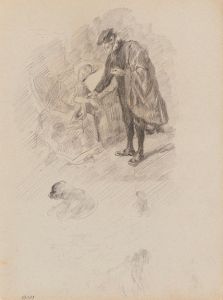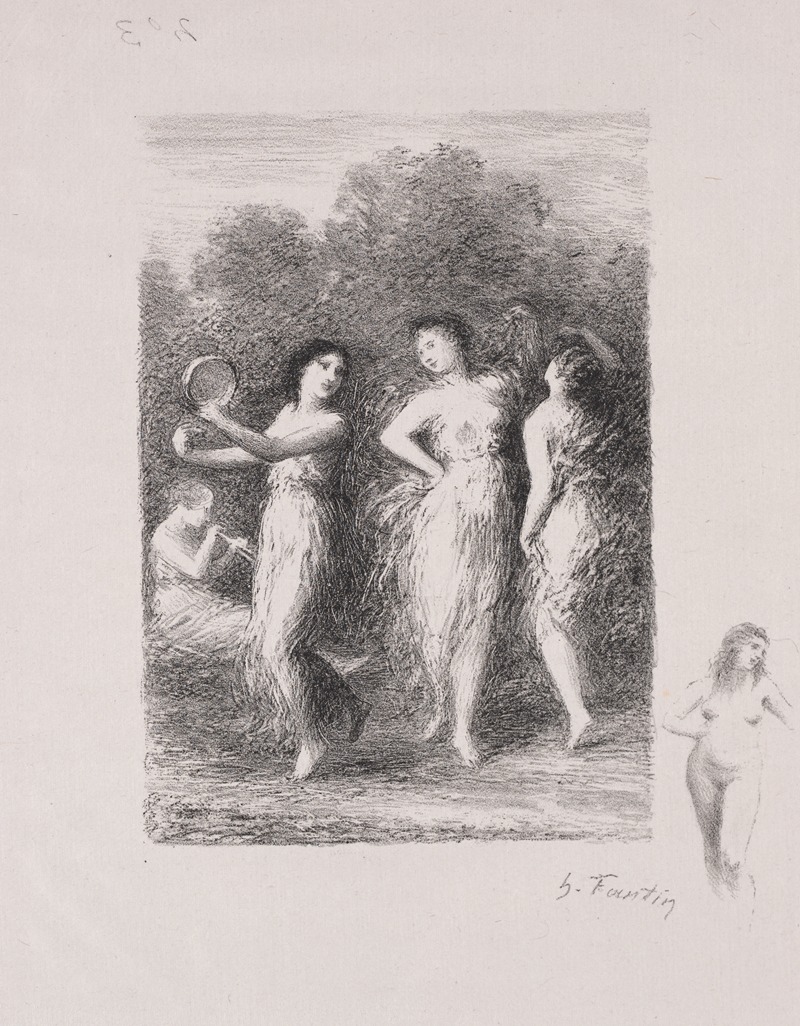
La jeune malade
A hand-painted replica of Henri Fantin-Latour’s masterpiece La jeune malade, meticulously crafted by professional artists to capture the true essence of the original. Each piece is created with museum-quality canvas and rare mineral pigments, carefully painted by experienced artists with delicate brushstrokes and rich, layered colors to perfectly recreate the texture of the original artwork. Unlike machine-printed reproductions, this hand-painted version brings the painting to life, infused with the artist’s emotions and skill in every stroke. Whether for personal collection or home decoration, it instantly elevates the artistic atmosphere of any space.
Henri Fantin-Latour was a French painter renowned for his still lifes and group portraits of Parisian artists and writers. However, specific information about a painting titled "La jeune malade" by Fantin-Latour is not readily available in historical records or major art collections. It is possible that the painting might be lesser-known or not widely documented in public art databases or literature.
Fantin-Latour was born on January 14, 1836, in Grenoble, France, and he moved to Paris in 1850, where he studied at the École des Beaux-Arts. He became associated with the Impressionists, although his style remained more traditional and aligned with realism. He is best known for his flower paintings and portraits, which often featured his friends and contemporaries in the art world, including Édouard Manet, Pierre-Auguste Renoir, and Claude Monet.
His work is characterized by a meticulous attention to detail and a subdued palette, which can be seen in his still lifes and portraits. Fantin-Latour's paintings often convey a sense of calm and introspection, with a focus on the interplay of light and shadow.
Fantin-Latour's most famous works include "A Studio at Les Batignolles" (1870), which depicts a gathering of artists and writers, and "Homage to Delacroix" (1864), a tribute to the Romantic painter Eugène Delacroix. His still lifes, such as "Roses" (1875) and "White and Pink Roses" (1883), are celebrated for their delicate rendering and subtle use of color.
Despite his connections to the Impressionists, Fantin-Latour's work was more aligned with the traditions of the Old Masters, and he was influenced by artists such as Gustave Courbet and Eugène Delacroix. His approach to painting was methodical and precise, often focusing on the careful arrangement of objects and figures within the composition.
Fantin-Latour's contributions to art were recognized during his lifetime, and he exhibited regularly at the Salon in Paris. He received several honors, including the Legion of Honor in 1879. His work has been exhibited in major museums around the world, including the Musée d'Orsay in Paris and the National Gallery in London.
Henri Fantin-Latour passed away on August 25, 1904, in Buré, France. His legacy endures through his paintings, which continue to be admired for their technical skill and serene beauty.
Without specific information on "La jeune malade," it is challenging to provide a detailed description or analysis of this particular work. If the painting exists, it may be part of a private collection or not widely recognized in public art historical discourse. For those interested in Fantin-Latour's oeuvre, exploring his well-documented works and exhibitions may provide further insight into his artistic style and contributions to the art world.





